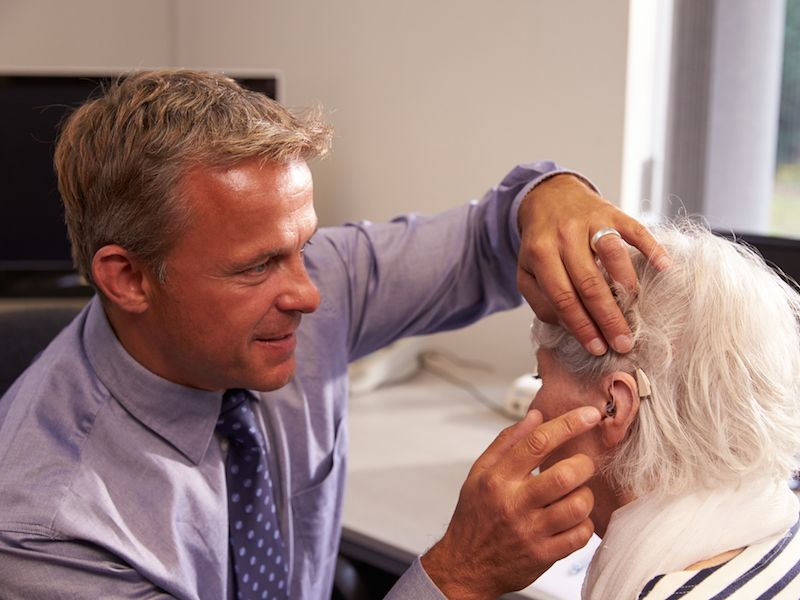
The numbers don’t lie: at some time in your life, you’re probably going to need a hearing aid. A quarter of all people between 60 and 75, according to an NIDCD study, have hearing loss and for individuals over 75 this figure increases to 50%. The best method to deal with age-related loss of hearing is to use a hearing aid, but how can you discover which model is best for you? Hearing aids at one time had issues including vulnerability to water damage and excessive background noise but modern day hearing aids have resolved these sorts of issues. But to ensure your choice of hearing aid is correct for you, there are still things you need to think about.
Directionality is a Key Feature
One essential feature you should pay attention to in a hearing aid is directionality, which is your hearing aid’s ability to focus on the specific noise around you (such as a discussion) while keeping background noise to a minimum. Many hearing aids have different directionality packages, which either focus on the noise directly in front of you, the speech that’s coming from different speakers, or a combination of both.
Will Your Hearing Aid Connect With Your Phone?
As a nation, we’re addicted to our phones. You most likely have some kind of cell phone, either a smartphone or an older style cell phone. And on the unlikely event that you don’t own any kind of cell phone, you most likely still have a land-line. So, the way your hearing aid works with your phone is an essential concern when you’re shopping for hearing aids. How does it sound? Do voices sound sharp? Does it feel comfortable? Is it Bluetooth Ready? When looking at new hearing aids, you should take into consideration all of these.
Are You Likely to Wear it?
In the last few years, as mentioned above, the development of hearing aids has significantly improved. One of those advances has been the size and shape of hearing aids, which have trended in the smaller and more comfortable direction. But there are undoubtedly pros and cons. A smaller hearing aid might not be as powerful as a bigger one, so it really depends on your hearing professional’s suggestion and what you want to achieve with your hearing aid. You can get a hearing aid that fits directly in your ear canal and is all but invisible, but it won’t have many of the functions available in larger hearing aids and will be prone to earwax clogs. On the other side of it, a behind the ear hearing aid is larger and might be more obvious, but often have more directionality functions and provide more options for sound amplification.
Exposure to Specific Background Noises
Wind noise has been an overwhelming problem for hearing aid users ever since they were invented. It could have driven anyone crazy to go outside on a windy day and hear nothing but the wind. you live in a windy place or if you’re an outdoor kind of person so you’ll need to get a hearing aid that suppresses wind noise so you can have conversations at an average volume and steer clear of the headaches that are related to hearing aid wind noises. Inform yourself about the many hearing aid options available to you. Get in touch with us.